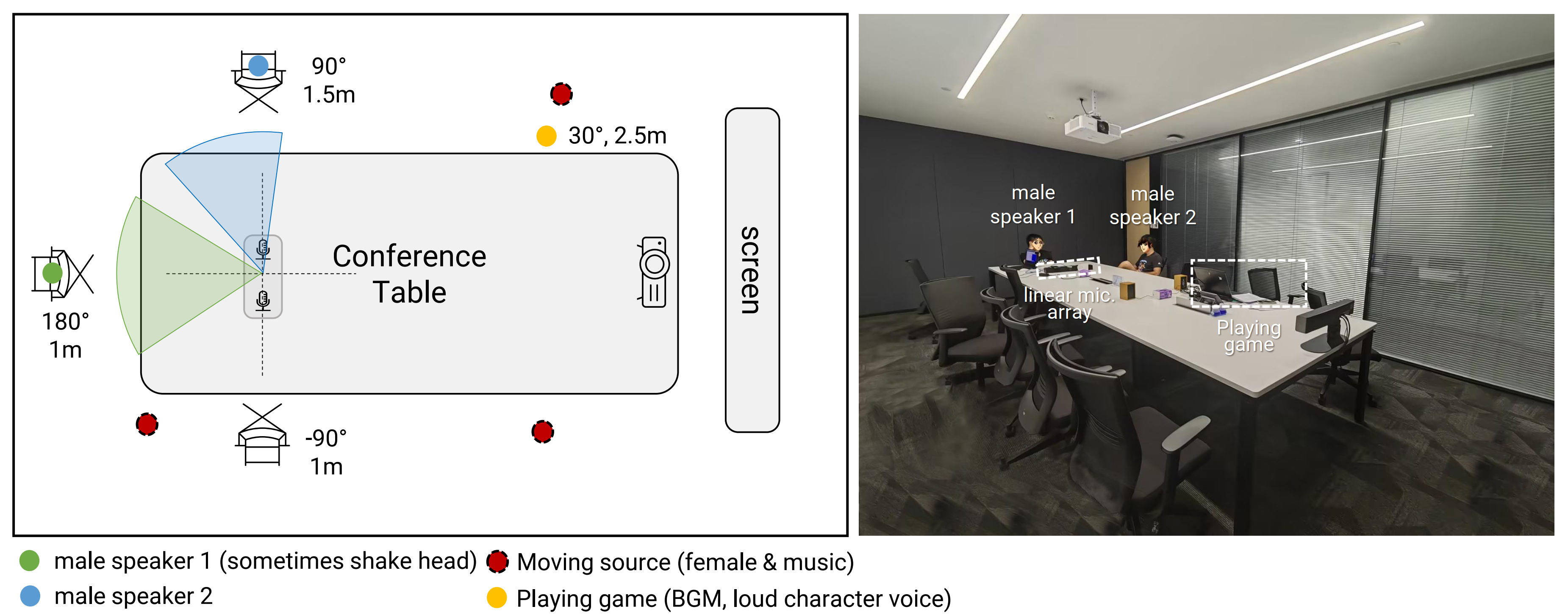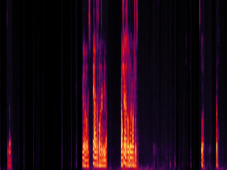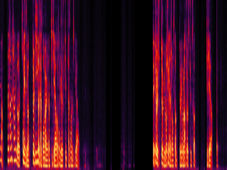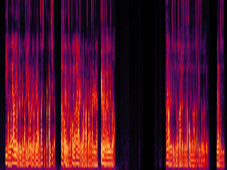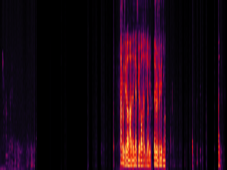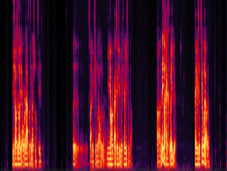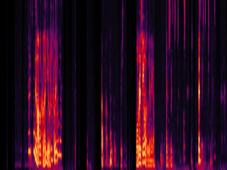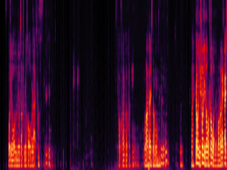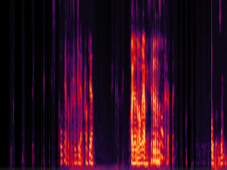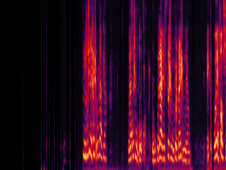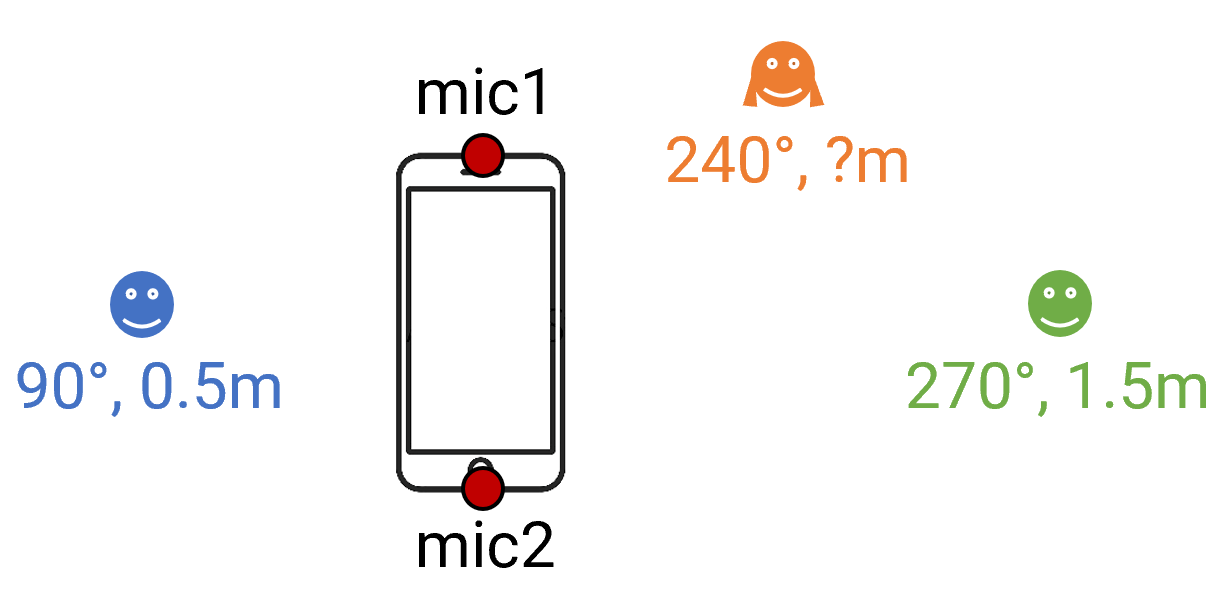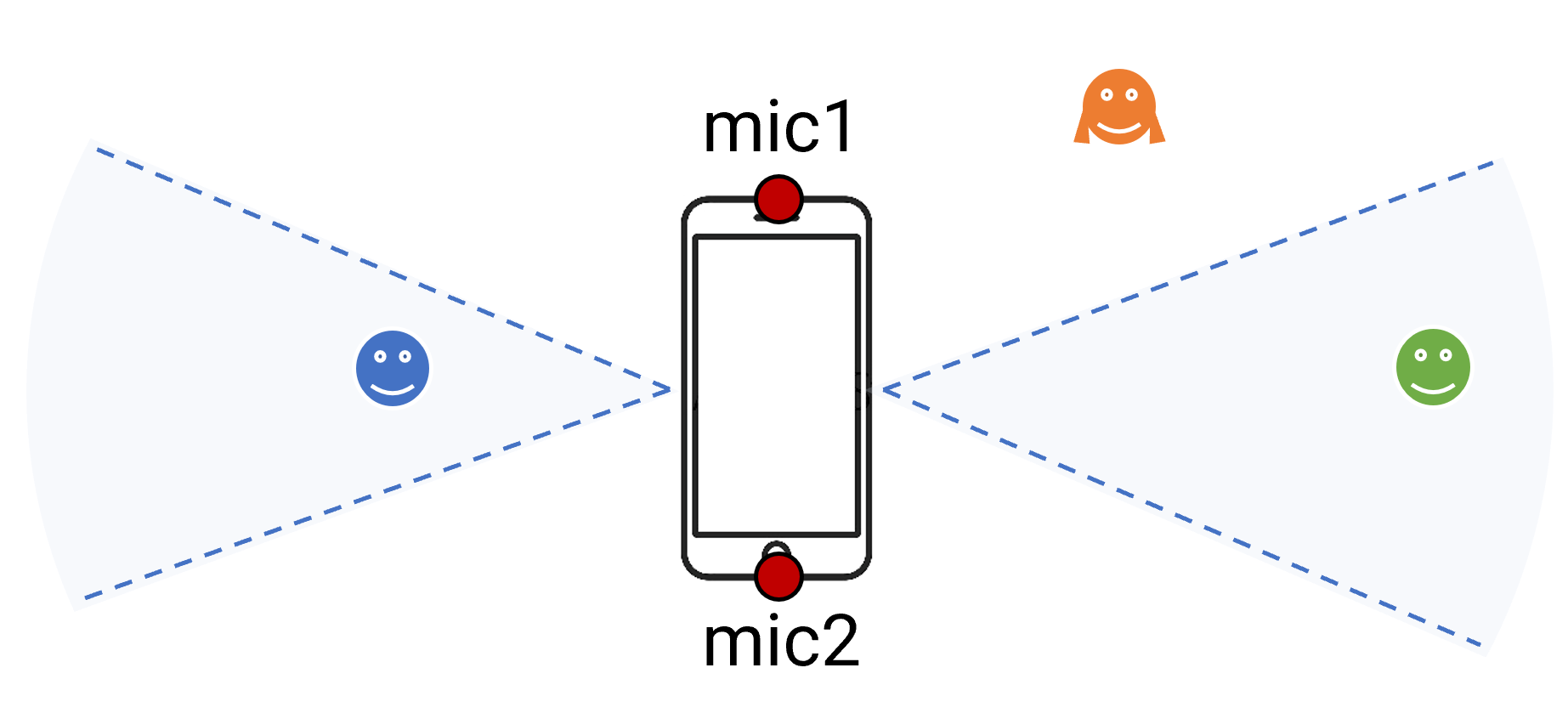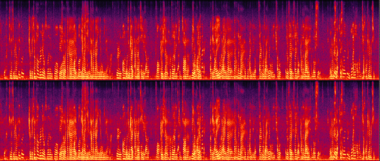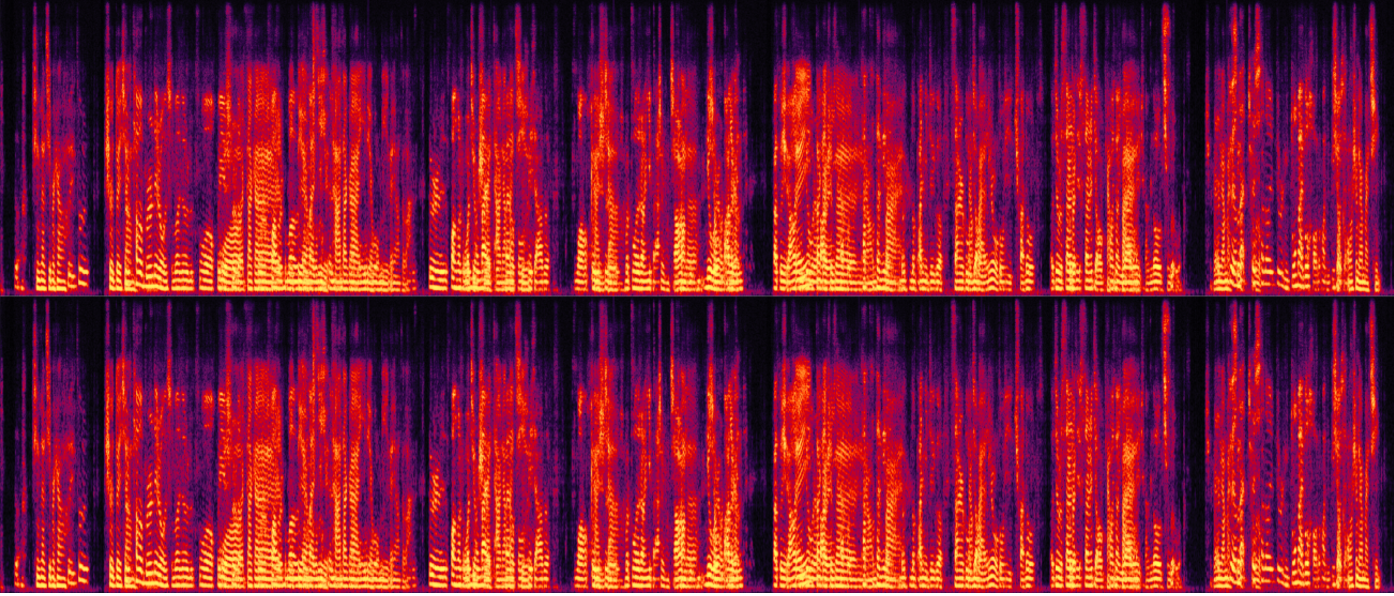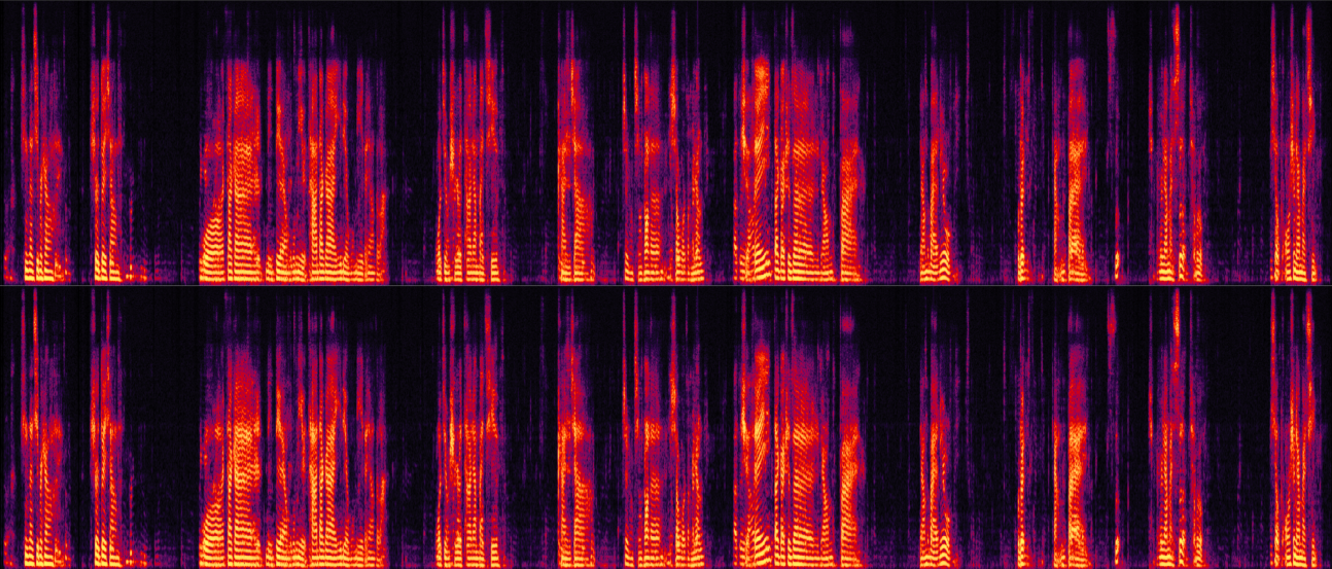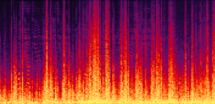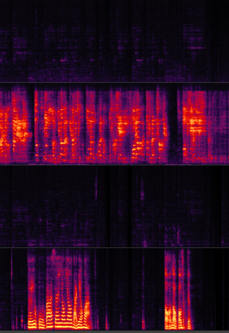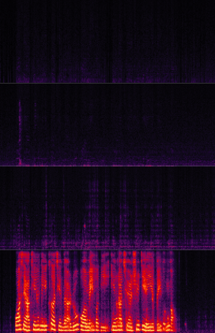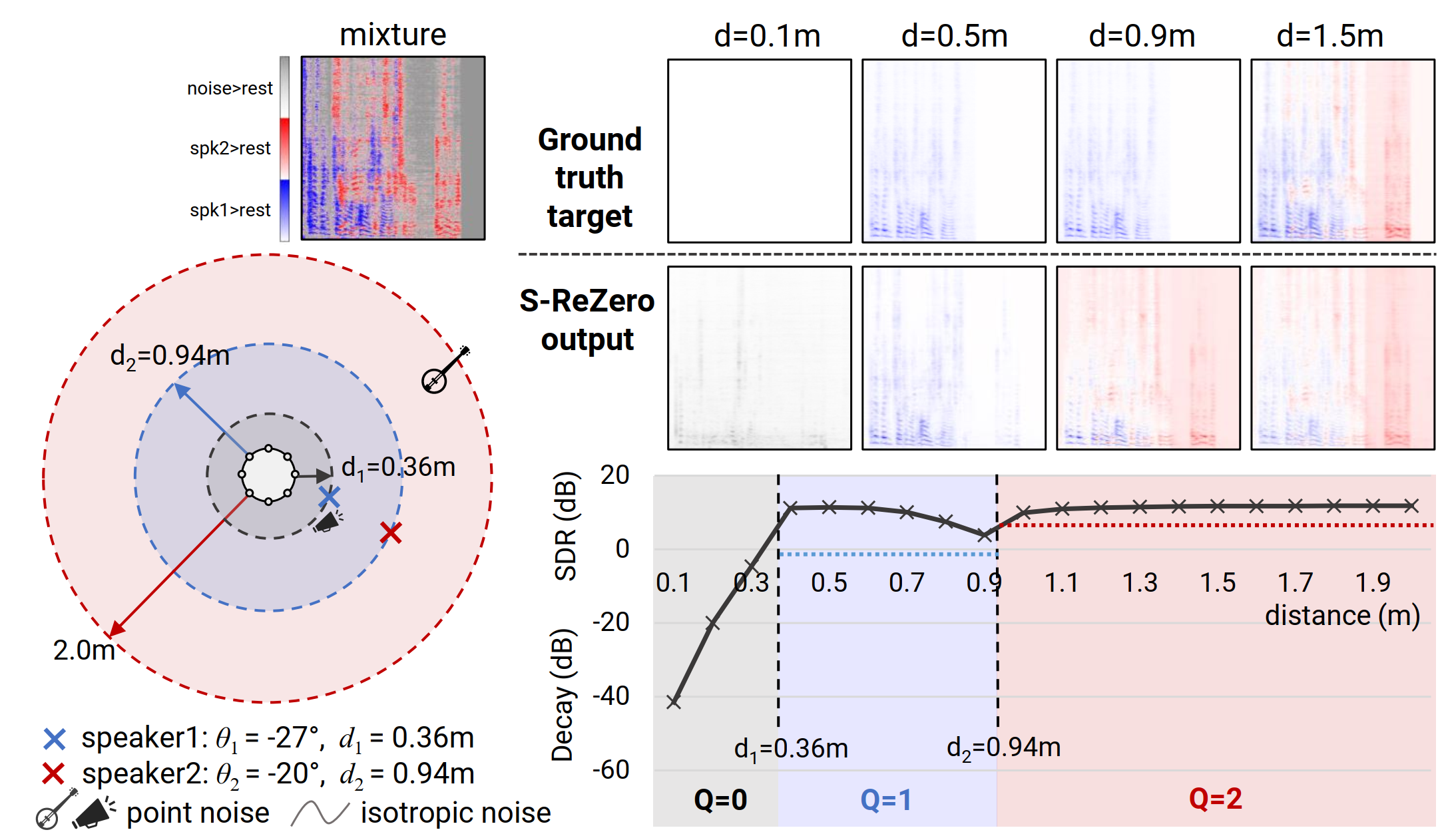ReZero: Region-customizable Sound Extraction
Rongzhi Gu, Yi Luo
Abstract:
We introduce region-customizable sound extraction (ReZero),
a general and flexible framework for the multi-channel region-wise sound extraction (R-SE) task.
R-SE task aims at extracting all active target sounds (e.g., human speech) within a specific, user-defined spatial region,
which is different from conventional and existing tasks where a blind separation or a fixed, predefined spatial region are typically assumed.
The spatial region can be defined as an angular window, a sphere, a cone, or other geometric patterns.
Being a solution to the R-SE task, the proposed ReZero framework includes
(1) definitions of different types of spatial regions,
(2) methods for region feature extraction and aggregation, and
(3) a multi-channel extension of the band-split RNN (BSRNN) model specified for the R-SE task.
We design experiments for different microphone array geometries, different types of spatial regions,
and comprehensive ablation studies on different system configurations.
Experimental results on both simulated and real-recorded data demonstrate the effectiveness of ReZero.
[PDF]

